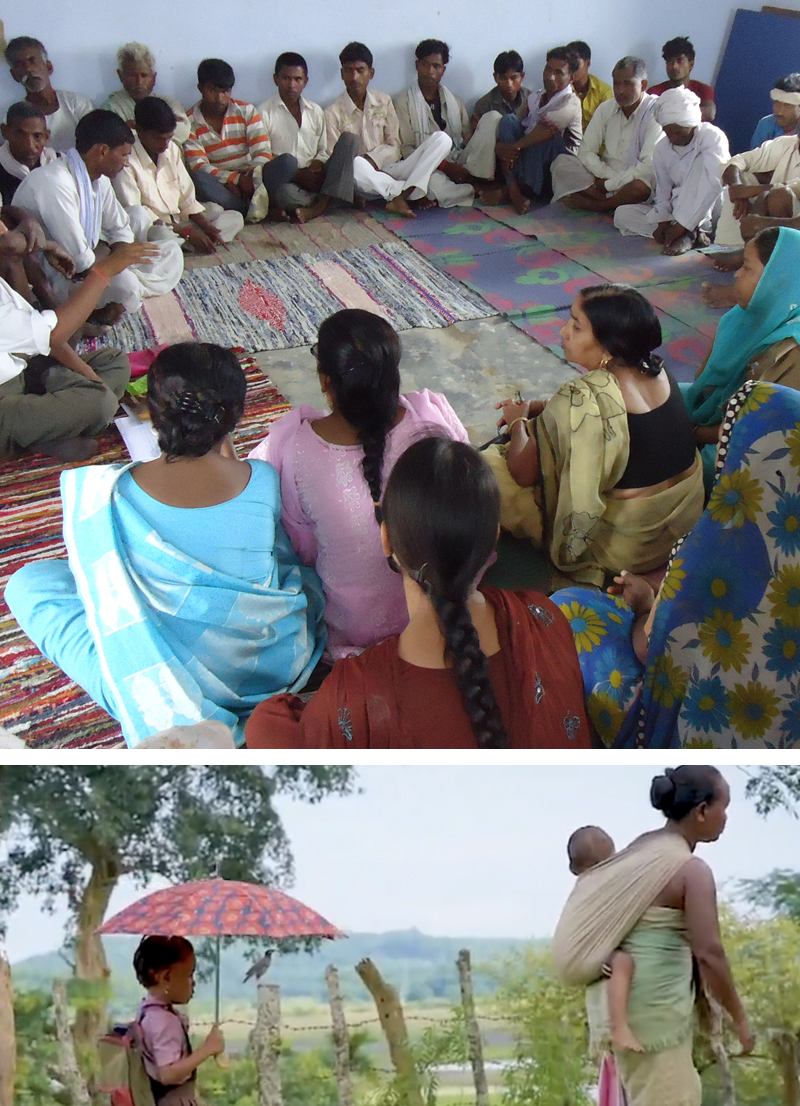The expectation from the education system needs to be primarily articulated by the community which is the key stakeholder in the entire system.
This also brings about the necessity of creating structures that allow this articulation to happen. Such community structures would need to constructively and consistently engage with the education system bringing about a radical change in the manner decisions are taken with regard to management of schools and the learning systems.
In such a context, IEC recognises the absence of any dynamic process or structure that enables engagement of various stakeholders (parents, teachers, educationists, education bureaucracy, people’s representatives, etc) in a transparent and equitable manner with the schooling system.




